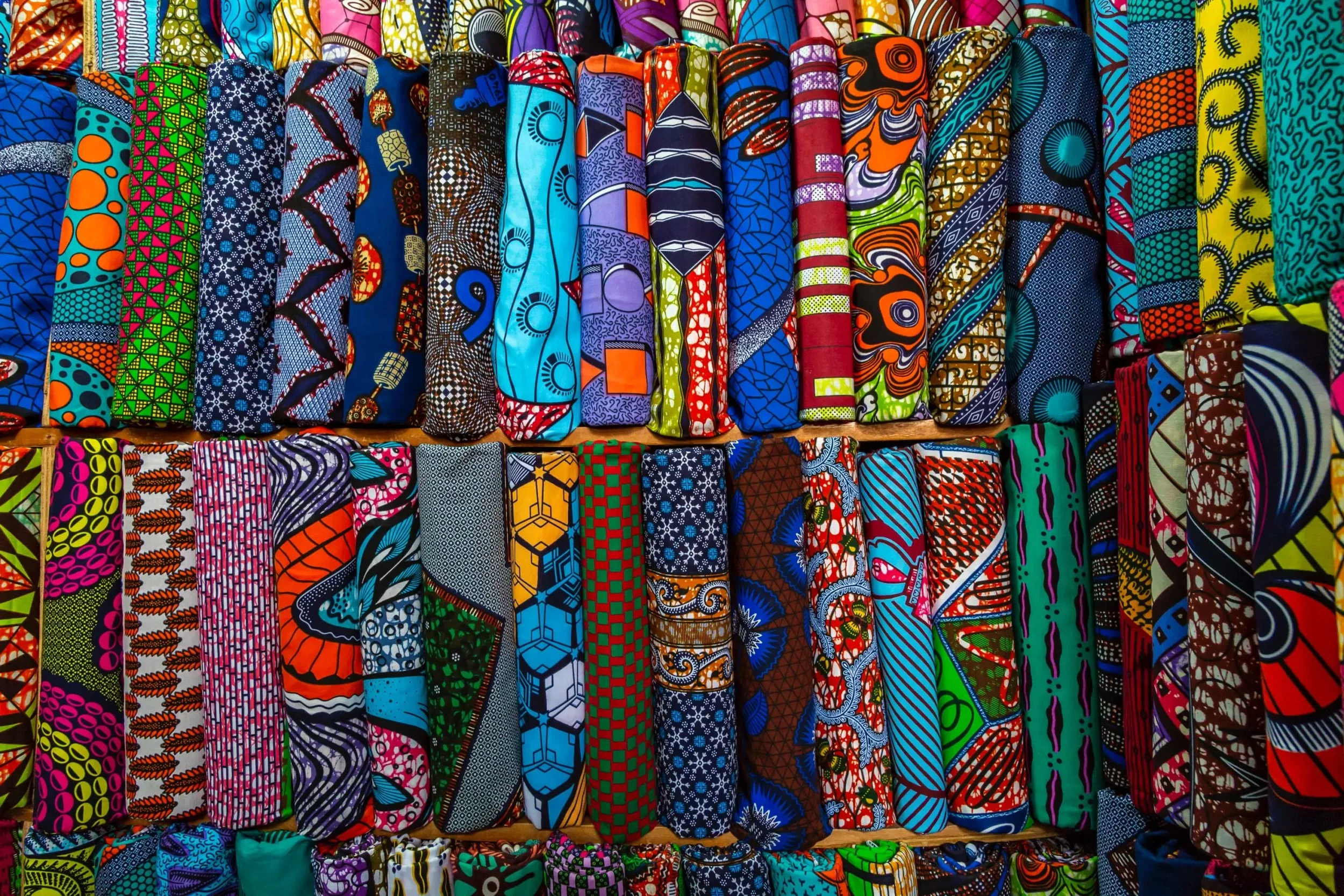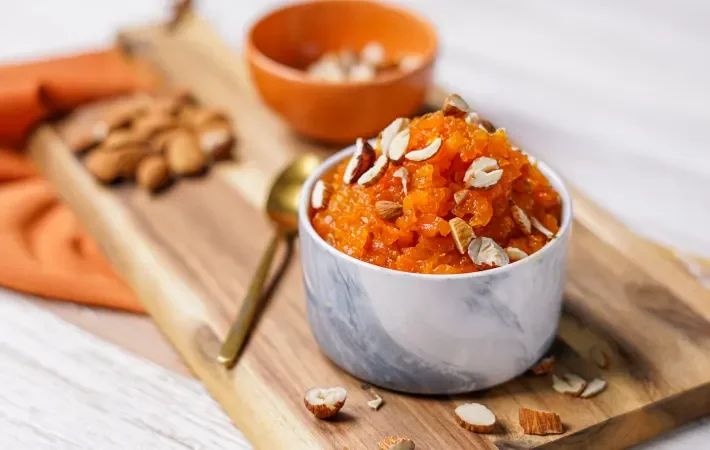“Unajua?!” 10 Bizarre Yet Beautiful Swahili Cultural Traditions You’ve Never Heard Of
By: Chimdindu Ken-Anaukwu
If you think you’ve seen it all, the Swahili Coast is here to surprise you. From Zanzibar’s coral-stone towns to Mombasa’s old alleys, Swahili culture is a mix of grace, spice, and a dash of “Wait, they do what?!” moments.
Here are ten Swahili traditions that will make you smile, raise an eyebrow, and maybe fall in love with this coastal way of life.
1. Shikamoo – Greeting With Respect
When a young person greets an elder, they say “Shikamoo” (literally “I hold your feet”), and the elder replies, “Marahaba.” This gesture is pure Swahili grace, respect wrapped in a word.
2. Storytelling Under the Stars – Hadithi Za Usiku
In the old days (and still in villages), Swahili families would gather in the evening for storytelling sessions. Grandparents spun tales of trickster hares and wise tortoises. Each story came with a lesson, and sometimes, a ghost.
“Hadithi! Hadithi!” (Story! Story!)
“Hadithi njoo!” (Come, story!)
That’s how every Swahili folktale begins.
3. The Art of Dressing: Kanga & Kitenge Speak Volumes
Swahili women don’t just wear fabric, they speak through it. Each kanga (colorful wrap) carries a proverb or witty phrase, often directed at someone in the room. Think of it as fashion subtweeting, but with elegance.
Example: “Usijaribu kuninyang’anya, mimi si wa kuchezea.” (Don’t try to take me, I’m not to be played with.)
4. Kupiga Mdomo – The Swahili Gossip Tradition
Forget tabloids, the real news travels by word of mouth. The art of kupiga mdomo (literally “hitting the mouth”) is how Swahili communities stay connected. Don’t be shocked if your neighbor knows your visitor’s name before you do.
5. Halua – The Sweet Symbol of Celebration
At every Swahili wedding or Eid celebration, someone’s stirring halua; a sticky, sweet, nutty dessert that can glue your teeth together (and your heart to the coast). It’s made from sugar, ghee, and love. Lots of love.
6. Mawlid Celebrations – Singing for the Prophet
During Mawlid (the Prophet Muhammad’s birthday), Swahili communities light up with rhythmic chants, drumming, and poetry in praise. It’s a beautiful fusion of Islam and African rhythm; part prayer, part concert.
7. Usiku wa Henna – The Henna Night Before the Wedding
Before a Swahili bride walks down the aisle, she celebrates a magical evening of laughter, music, and intricate henna art. Women gather to sing taarab songs and paint their hands and feet in elaborate designs. Think of it as a pre-wedding glow-up: Swahili edition.
Fun word: Harusi = wedding. So when someone invites you to “harusi ya pwani”, dress to impress.
8. Kukaa Mlangoni – Sitting by the Door
In Swahili homes, elders often sit near the door, chatting and watching the world go by. It’s both social and spiritual; a symbol of hospitality and alertness. No one passes without a smile or a story.
9. Kupika Kwa Pamoja – Cooking Together
Cooking is a team sport on the coast. During big events, women gather to chop onions, peel garlic, and swap gossip around the sufuria. It’s therapy, bonding, and food prep all rolled into one.
10. Mwisho wa Siku – The Coastal Slow Life
When the sun sets, and the sea breeze rolls in, Swahili towns slow down. People stroll along the beach, sip kahawa (coffee), and chat about everything and nothing. No rush, no stress, just life at its most poetic.
Final Thoughts
Swahili culture isn’t just about language, it’s a living, breathing rhythm of life. From henna nights to shared pilau feasts, these traditions remind us that community, respect, and beauty exist in the simplest acts.
So next time someone asks you, “Unajua?” (Did you know?), you can smile and say, “Ndiyo, sasa najua.” (Yes, now I do.)
Explore more on NKENNE; where Swahili language, food, and culture come alive in every word and story.




